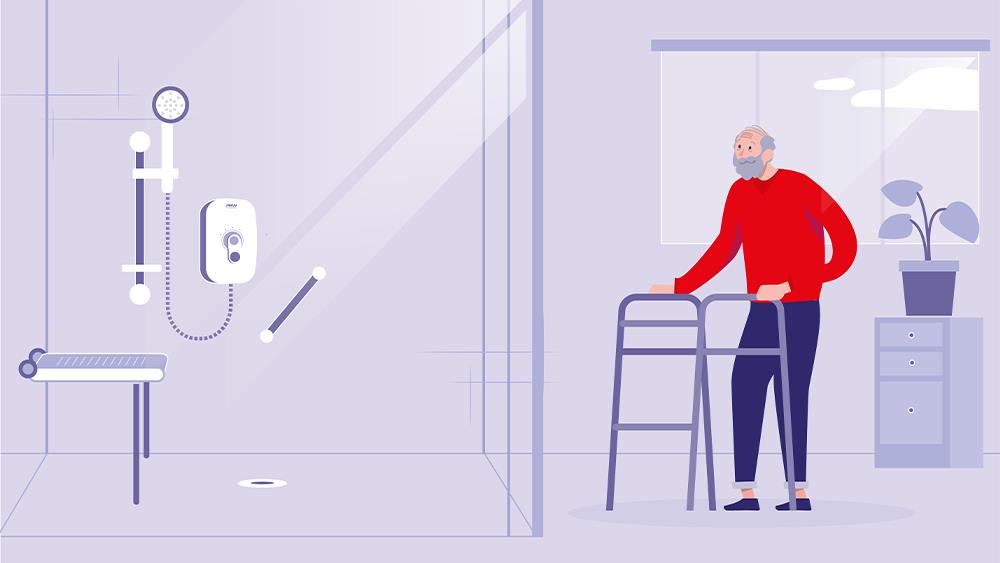

Accessible home solutions provider AKW has released a new guide to creating dementia patient-friendly bathrooms.
Produced with advice and support from specialist design advisers at the University of Stirling’s Dementia Services Development Centre (DSDC), it offers best practice guidance on designing this important space.
The bathroom is one of the most challenging and dangerous places for a person with dementia and Dementia Friendly Design aims to anticipate and accommodate the changes people experience when living with this condition. Importantly, a dementia-friendly bathroom doesn’t need to cost more than a standard bathroom adaptation, but the appropriate guidelines, regarding colour, for example, need to be followed to ensure maximum safety and comfort.
Lynsey Hutchinson, Senior Interior Designer at DSDC, University of Stirling, commented: “The bathroom, despite being one of the smallest rooms to design in any building, is one of the most complicated. Indeed, there are at least ten tonal considerations within a bathroom or shower room.
“These include tonal contrast for surfaces / critical planes such as walls, floors, doors, skirtings, sanitary ware and toilet seats which should achieve a minimum contrast of 30 points LRV (Light Reflectance Value) in order to see one object against another.”
Stuart Reynolds, Head of Product and Marketing at AKW, explained why the new dementia guide has been developed: “We have worked with the University of Stirling to translate the complex issue of dementia into practical design points that can be easily applied in any bathroom adaptation.
“The guide details the seven major dementia challenges that impact bathroom design and gives specific advice on what to install and where, to help overcome these issues. From flooring colour to lighting placement, the guide has it all.”
Guide to Creating Dementia-Friendly Bathrooms
If you'd like to keep up-to-date with the latest developments in the heating and plumbing industry, why not subscribe to our weekly newsletters? Just click the button below and you can ensure all the latest industry news and new product information lands in your inbox every week.